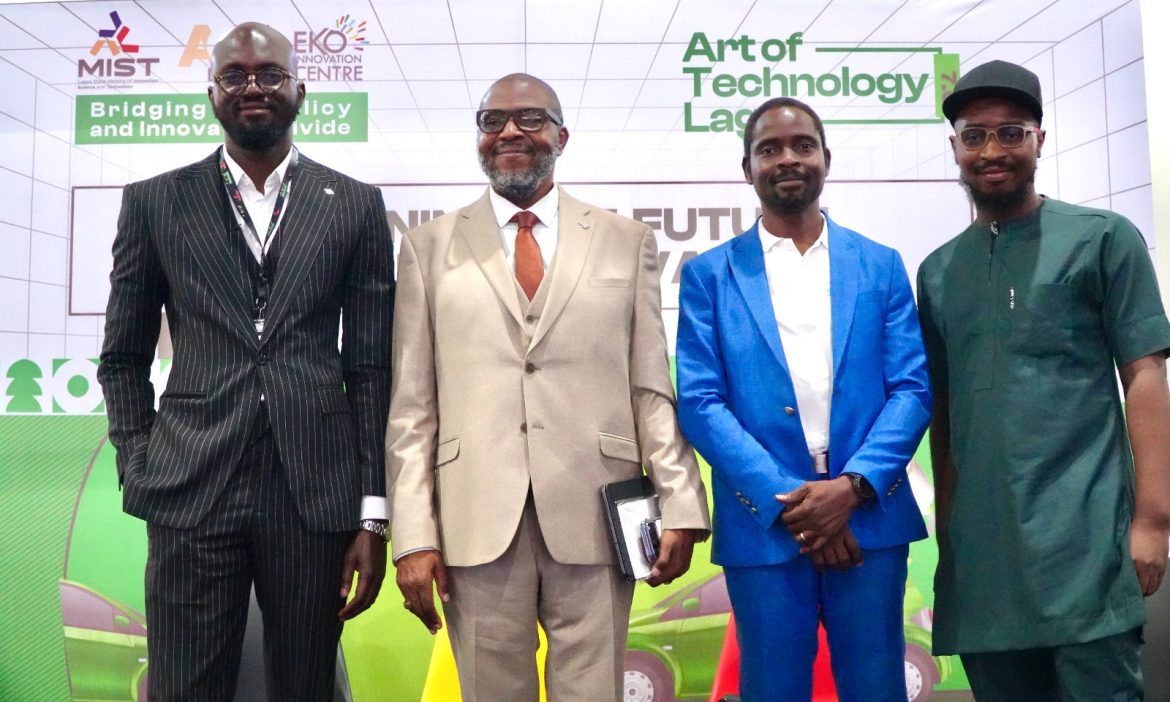By Manfred F. R. Kets de Vries
Constant busyness is what stands between you and more eureka moments.
Many years ago, the CEO of a conglomerate asked me to sit in an executive meeting to observe the team dynamics. What surprised me during this meeting was the absence of
 decisions, even though various issues were discussed at length. When I mentioned it to the CEO, he said that the team would take decisions the next day. He had discovered that decision quality was much better when everyone had had the chance to sleep on it.
decisions, even though various issues were discussed at length. When I mentioned it to the CEO, he said that the team would take decisions the next day. He had discovered that decision quality was much better when everyone had had the chance to sleep on it.
This reminded me of Archimedes, perhaps the greatest scientist of antiquity, who went down in history as the person who ran naked through the streets of Syracuse shouting “Eureka!” (“I have found it!”) This “eureka moment” was the expression of his joy when he discovered a law of physics. The king had asked him to find out whether a goldsmith whom he had commissioned to manufacture a crown had cheated him by swapping some of the gold for silver.
Initially, Archimedes was stuck because he had to leave the crown intact. But one day, as he stepped into his bath, causing it to overflow, he realised that an object immersed in water displaces a volume of water equal to its own volume. All Archimedes had to do was to put a weight of gold equal to the crown into a bowl filled to the brim with water. He then only needed to remove the gold and put the king’s crown in its place. A silver alloy would cause the bowl to overflow due to the higher volume for the same weight.
The 3 Bs of creativity
Allowing for thought processes unrelated to tasks, mind wandering, daydreaming or dreaming is critical when we are searching for answers. In fact, dreams are behind expressions of creativity, such as scientific breakthroughs and musical compositions. The German scientist August Kekulé’s famous dream about a self-devouring snake led to his discovery of the ring-like structure of benzene, a milestone in organic chemistry. The Beatles’ song “Yesterday” was the product of a dream.
While eureka moments can’t be forced, many of us have spent an enormous amount of time and energy thinking about a problem, only to have the solution arrive out of the blue when our minds are elsewhere. Great ideas often come to us in bed, in the bath or on the bus, the so-called 3 Bs of creativity.
A period of incubation typically precedes creative problem solving. It is as if putting a problem aside for a while – not consciously thinking about it – helps fuel the creative thought process. Although nothing seems to be happening, the mind is busily operating behind the scenes.
How to improve creative thinking?
Clearly, in today’s world of continuous change, we need the contributions of creative individuals more than ever. Creativity plays an overriding role in many areas of our life, be it education, arts, sciences and business in general. I am not just referring to creativity with a big C like artistic and scientific breakthroughs. I am also thinking of creativity with a small c, the kind that gives rise to the insights needed to solve knotty problems on a day-to-day basis.
Given what we know about the importance of incubation, what can be done to improve creative thought processes?
When I work with executives who struggle to address difficulties, I always suggest that they take a break and do something that’s very different from the problem at hand before returning to it. Their conscious mind should be focused on another mental activity, separate from the problem that needs to be solved. This facilitates the incubation process.
The unconscious mind needs enough time to wander, pursue fantasies and assimilate information collected from diverse sources. When we engage in activities that make us relaxed and happy, dopamine is released in the brain. This neurotransmitter helps the mind to wander, activating the creative process. Thus, what may feel like rest and leisure can actually be a highly productive time, thanks to the power of our unconscious mind.
No one-size-fits-all approach to creativity
For some people, creative ideas require time spent in solitude. Others find it more fruitful to be surrounded by friends and family members. The key is to do something that’s completely different. You could take a shower, do chores or walk outdoors. A good example is Einstein who would come up with some of his best scientific ideas while playing the violin.
Getting away from our normal routines is crucial to seeing things in a new light. Yet many people find it difficult to let go of the busyness of conscious thought processes. Constant busyness should not be seen as an accomplishment but as an obstacle to creativity. Constantly working, trying to force solutions and attempting to compensate for a lack of ideas with sheer quantity of work not only creates misery, it’s also likely to be counterproductive.
Of course, creative solutions don’t come out of nowhere. We need to first immerse ourselves in the problem before letting it go so that ideas can incubate in the subconscious. Stimulating the creative process remains a very delicate dance.
As the actor and comedian John Cleese reminds us: “Your creativity acts like a tortoise – poking its head out nervously to see if the environment is safe before it fully emerges. Thus, you need to create a tortoise enclosure – an oasis amongst the craziness of modern life – to be a safe haven where your creativity can emerge.”
Manfred F. R. Kets de Vries is the Distinguished Clinical Professor of Leadership Development & Organisational Change at INSEAD and the Raoul de Vitry d’Avaucourt Chaired Professor of Leadership Development, Emeritus. He is the Programme Director of The Challenge of Leadership, one of INSEAD’s top Executive Education programmes.
Professor Kets de Vries’s most recent books are: Down the Rabbit Hole of Leadership: Leadership Pathology of Everyday Life; You Will Meet a Tall, Dark Stranger: Executive Coaching Challenges; Telling Fairy Tales in the Boardroom: How to Make Sure Your Organisation Lives Happily Ever After; and Riding the Leadership Rollercoaster: An Observer’s Guide.








